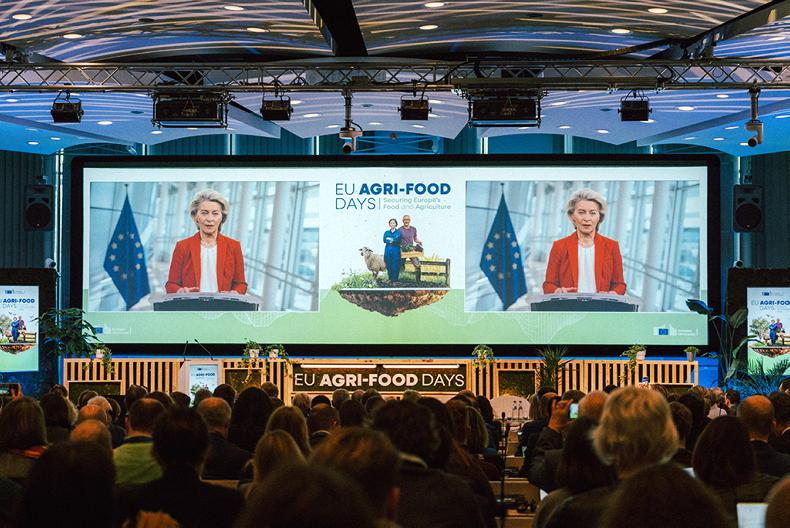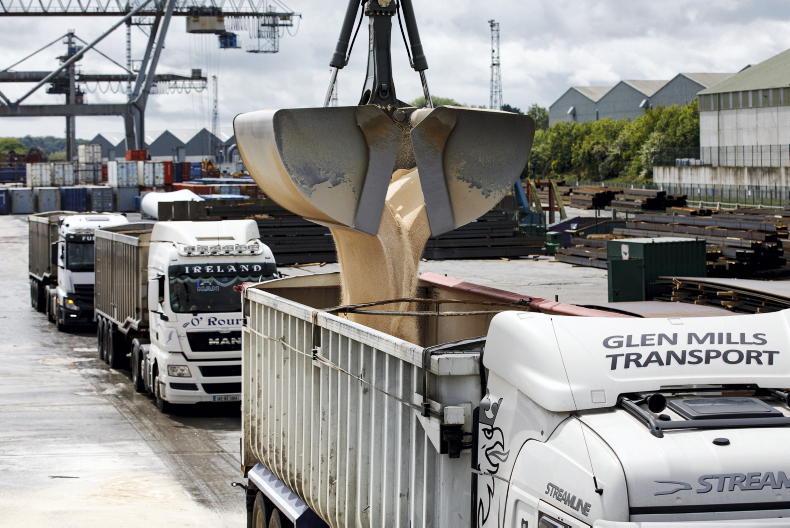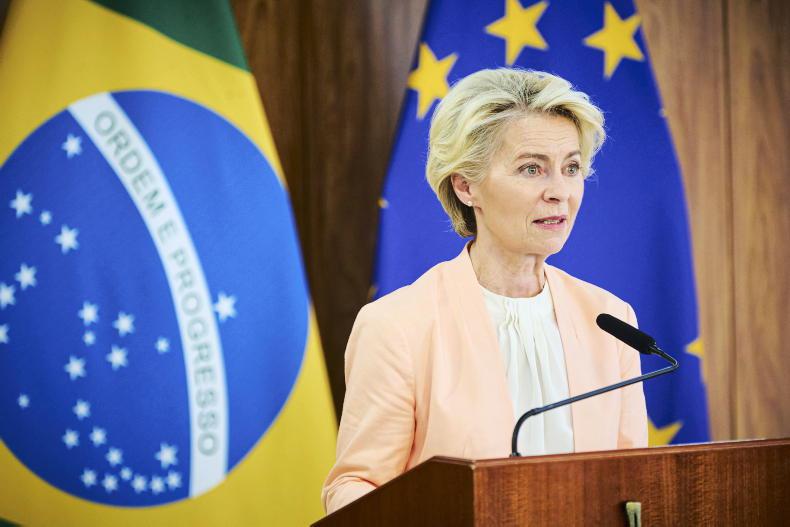The surge in EU imports of soya beans from the US brings the total share of EU imports of US soya beans to 37%. This is up from 9% one year ago.
President Juncker has now put in place a bi-monthly reporting mechanism on the evolution of trade in soya beans from the US to the EU. This is the first concrete follow-up to the EU-US joint statement agreed in Washington between Commission President Juncker and U.S. President Trump.
"The European Union can import more soya beans from the US and this is happening as we speak," President Juncker said today.
This is a win-win situation for European and American citizens.
Commissioner for Agriculture, Phil Hogan, added: "European Union and the United States have been long standing partners and there is room to further strengthen that trade relationship.”
In their joint statement of July 25, president Juncker and president Trump agreed that while future cooperation on trade will not include agriculture as such, the EU and US would work to increase trade in soya beans.
Increasing imports
Compared to July 2017, EU imports of soya beans from the US are currently up by 283%, at 360,000t.In terms of the EU's total imports of soya beans, the US's share is now at 37%, compared to 9% in July 2017.Imports of soya meal, are also on the rise – 185,000t were imported in July 2018, an increase of 3,337% compared with July 2017.The U.S. is now supplying 13% of EU soya meal imports compared to 0.3% in July 2017.EU's need for soya
The EU needs soya in Europe as a source of protein to feed animals, including chickens, pigs and cattle, as well as for milk production. The EU currently imports about 30m tonnes per year because it cannot produce sufficient quantities. US prices for both soya beans and soya meal are currently the most competitive on the market.
The surge in EU imports of soya beans from the US brings the total share of EU imports of US soya beans to 37%. This is up from 9% one year ago.
President Juncker has now put in place a bi-monthly reporting mechanism on the evolution of trade in soya beans from the US to the EU. This is the first concrete follow-up to the EU-US joint statement agreed in Washington between Commission President Juncker and U.S. President Trump.
"The European Union can import more soya beans from the US and this is happening as we speak," President Juncker said today.
This is a win-win situation for European and American citizens.
Commissioner for Agriculture, Phil Hogan, added: "European Union and the United States have been long standing partners and there is room to further strengthen that trade relationship.”
In their joint statement of July 25, president Juncker and president Trump agreed that while future cooperation on trade will not include agriculture as such, the EU and US would work to increase trade in soya beans.
Increasing imports
Compared to July 2017, EU imports of soya beans from the US are currently up by 283%, at 360,000t.In terms of the EU's total imports of soya beans, the US's share is now at 37%, compared to 9% in July 2017.Imports of soya meal, are also on the rise – 185,000t were imported in July 2018, an increase of 3,337% compared with July 2017.The U.S. is now supplying 13% of EU soya meal imports compared to 0.3% in July 2017.EU's need for soya
The EU needs soya in Europe as a source of protein to feed animals, including chickens, pigs and cattle, as well as for milk production. The EU currently imports about 30m tonnes per year because it cannot produce sufficient quantities. US prices for both soya beans and soya meal are currently the most competitive on the market.










SHARING OPTIONS